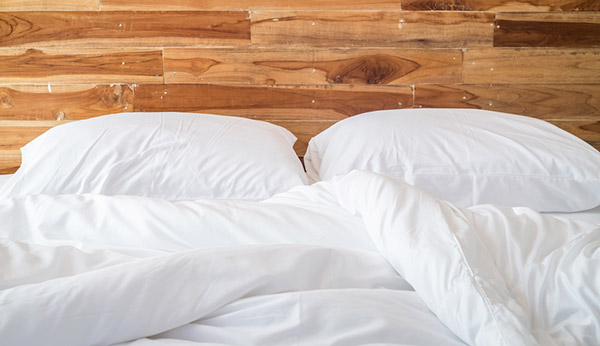Disclaimer: This post is contributed by Planning With Kids partner ecostore.
We love white cotton sheets and pillowcases, but when we sleep, these linens can get stained when perspiration, body oils and hair products are absorbed into the fabric.
If the fabric is more densely woven, it’s harder for detergents and water to pass through and release grime when we wash our sheets and pillowcases.
People try different things to keep white linens white – like washing solutions based on lemon juice or vinegar. They might also try bleach, but some bleaching agents aren’t so kind to the environment or our health.
Chlorine bleaches aren’t an ideal option when it comes to brightening white fabrics, and that’s where oxygen based whiteners like ecostore’s Laundry Soaker and Stain Remover can be a safer alternative. These avoid the use of optical or artificial whiteners, which reflect UV light to give the illusion of whiter whites. Optical brighteners have also been associated with allergic reactions and skin irritation, and they can accumulate in aquatic life once they enter waterways.
Some people try using more washing powder to get their white sheets whiter, but this can block up the cotton fibres and reduce the chances of residue being removed.
Line drying white sheets is a great option because the sun is a natural bleaching agent, but many of us use clothes dryers when we’re short of time or when the weather is wet.
I would also recommend choosing organic, thicker yarn specification cotton sheets, as many potentially harmful chemicals can be introduced in the processing of conventional cotton fabrics. Those include pesticides, chlorine bleaches, heavy metals, dyes and volatile organic compounds.
Tim Ower is the director of Eco Linen, the first bed linen company in Australia to be certified organic by SKAL International to guarantee that the products are 100% organic cotton.
More great info and tips from ecostore:

|
|




